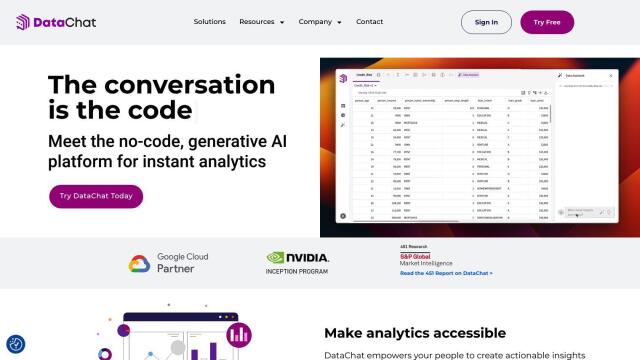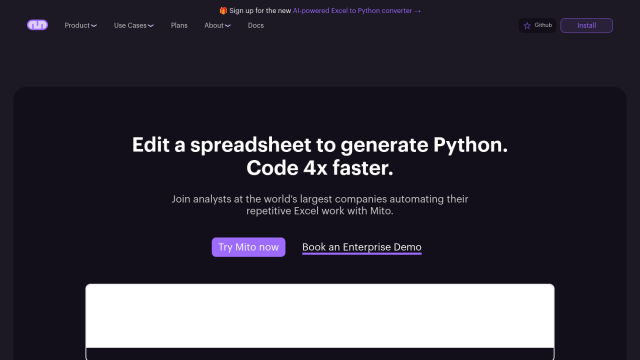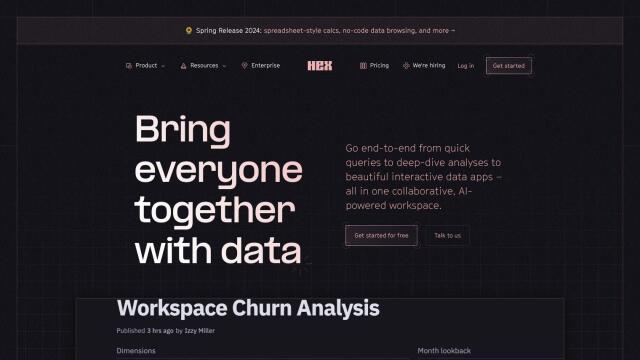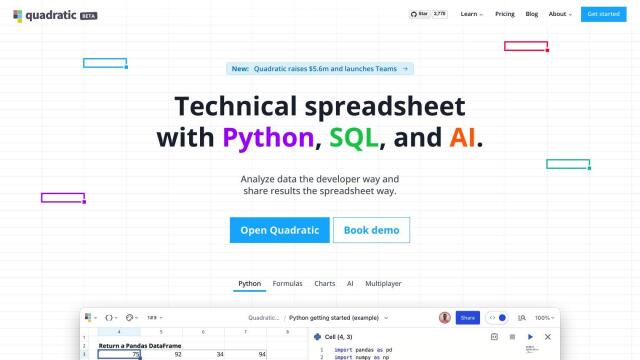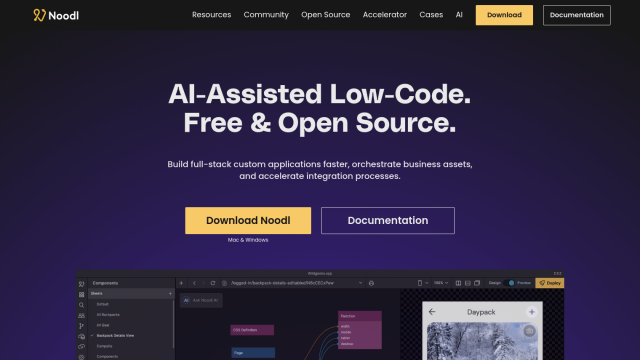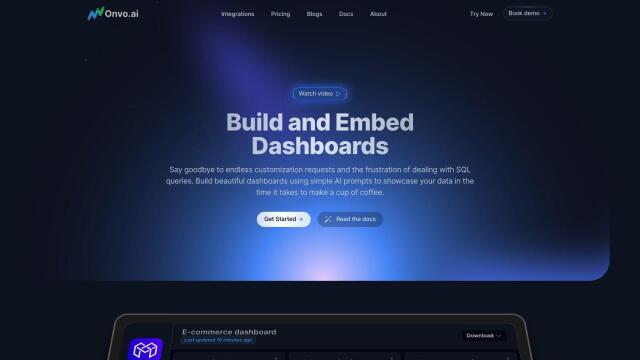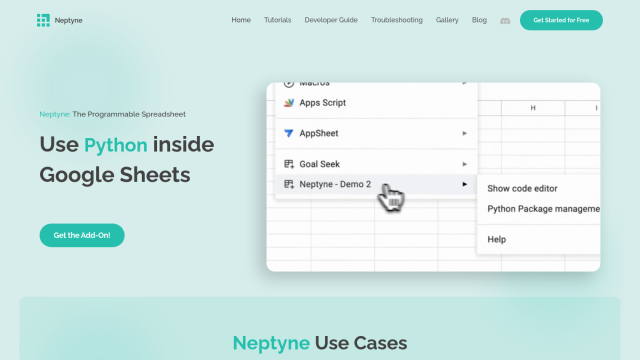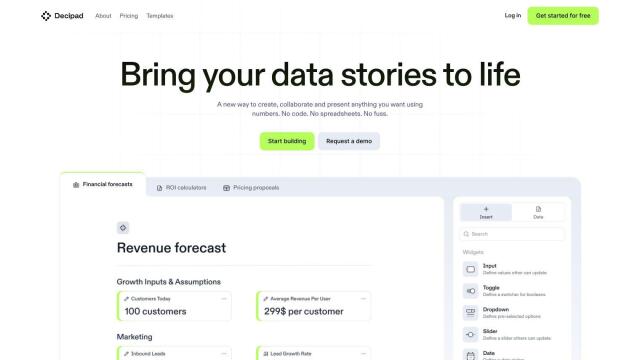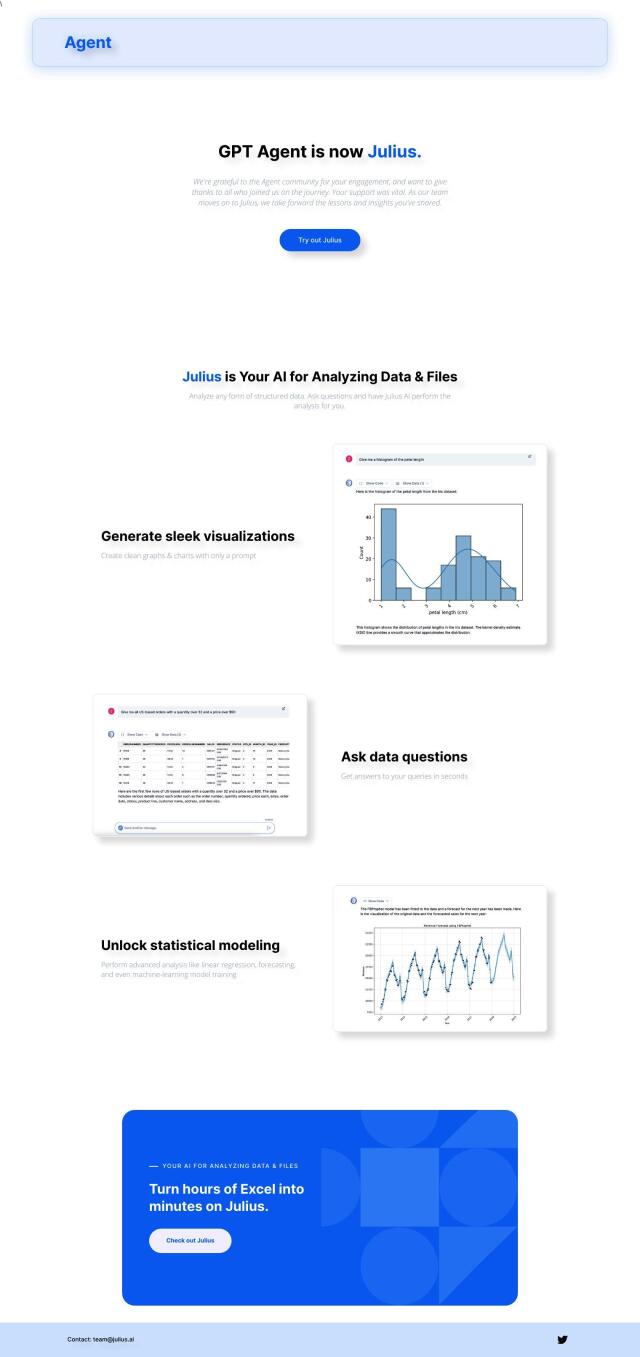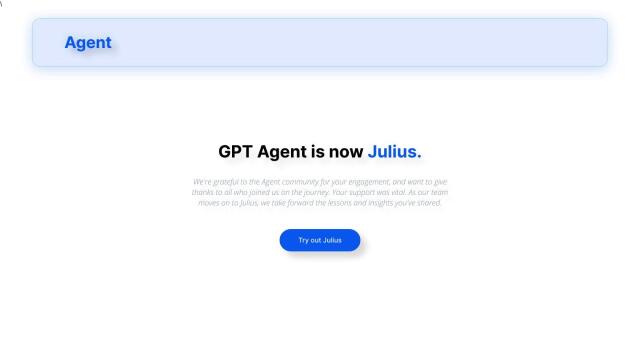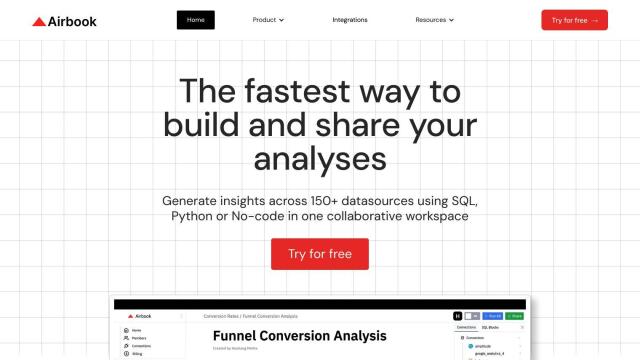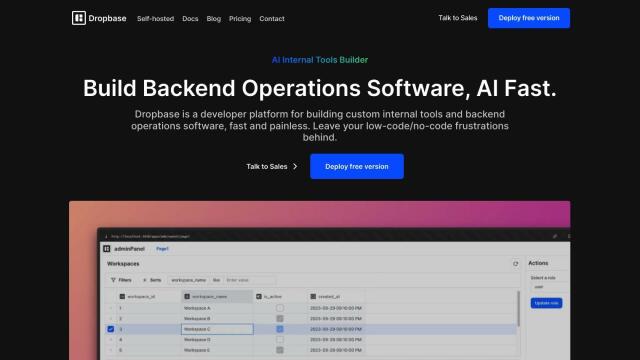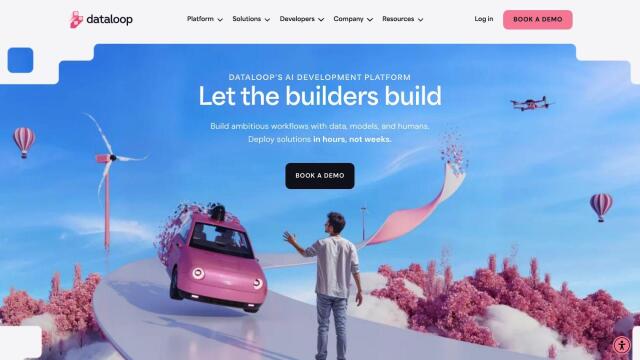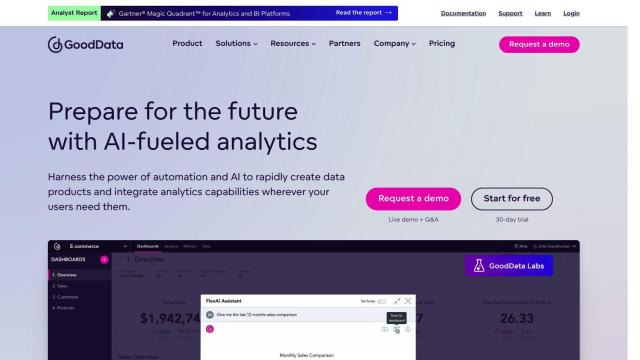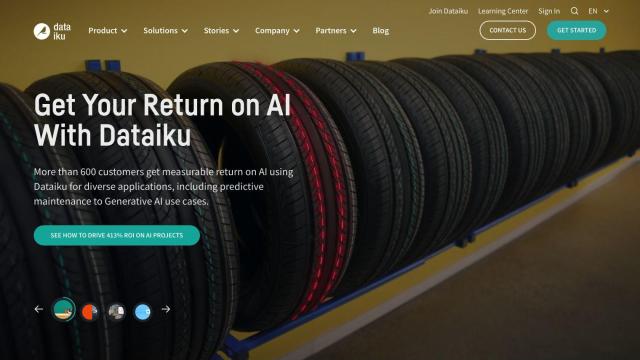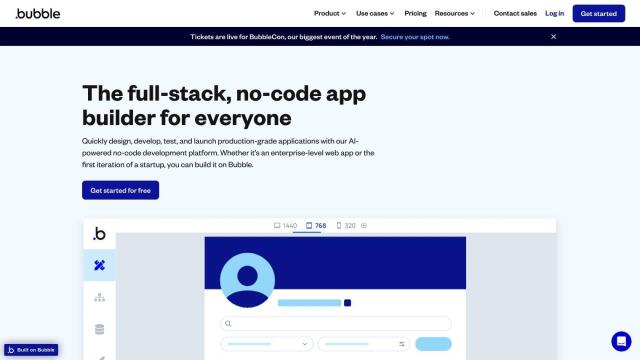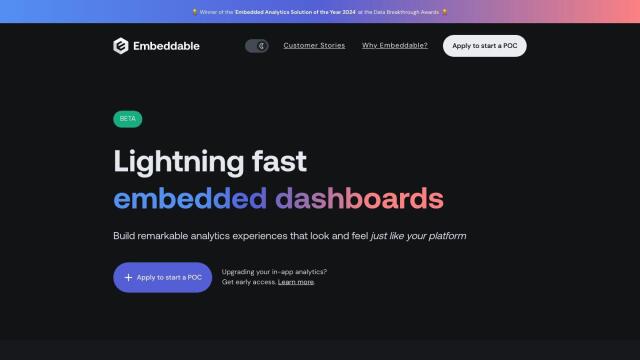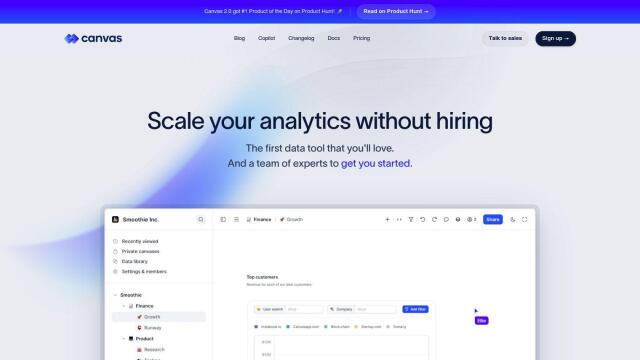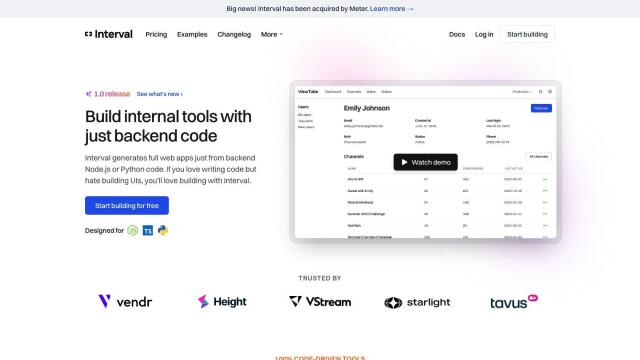Question: Can you suggest a Python framework for building interactive data apps with minimal coding?

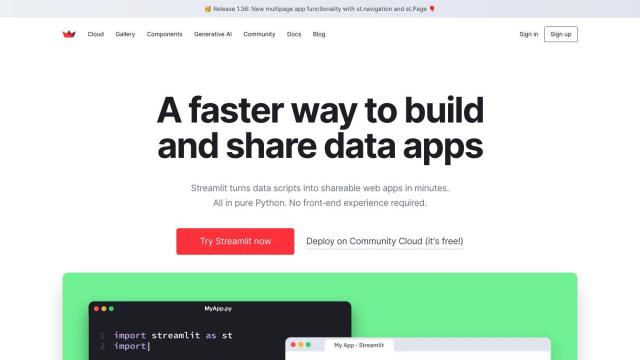
Streamlit
If you're looking for a Python framework to build interactive data apps with the least amount of code, Streamlit is a top pick. It lets data scientists and AI/ML engineers build interactive data apps without requiring front-end skills. With Streamlit, you can deploy apps immediately, either locally or through their Community Cloud, and it covers a broad range of categories including data visualization, geography and finance. The framework can be used with tools like Pandas and Vega-Lite, and you can also write custom components, so it's very flexible.

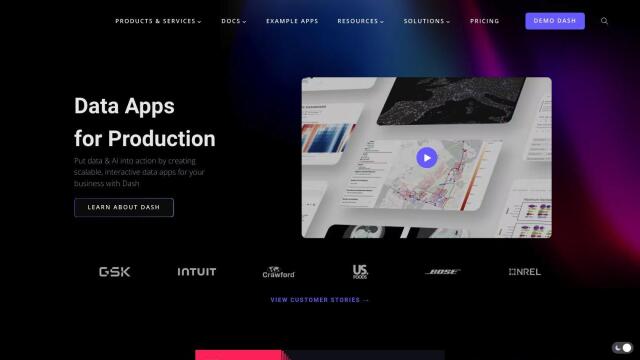
Dash
Another popular option is Dash, a Python library for building interactive data applications that scale. Dash is designed to be easy to use and rapid to develop, with a simple install process and one-click deployment. It supports low-code development and integrates with AI and ML tools, so it's good for both data scientists and engineers. Dash also has a scalable architecture that can be installed on any cloud VPC, so you can easily scale on AWS, Azure or GCP.
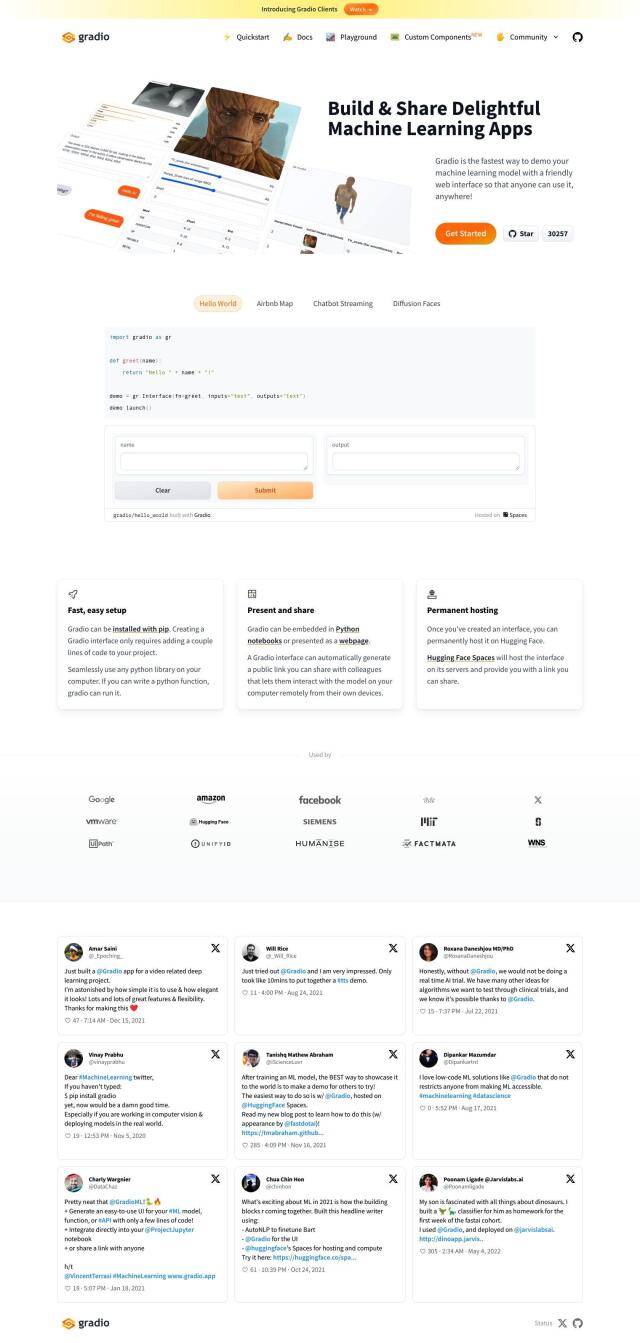
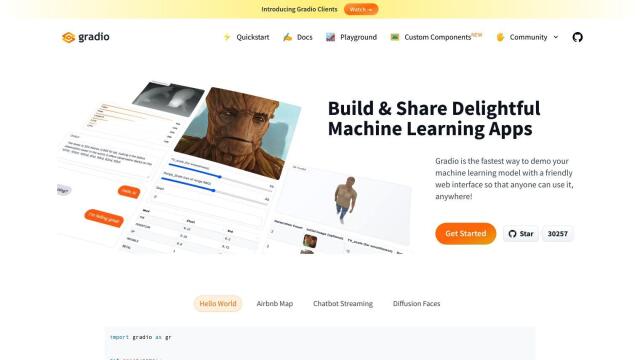
Gradio
Gradio is another framework worth mentioning that converts Python functions into interactive web-based demos. It has more than 30 pre-built components for different types of data and can handle concurrent users, streaming output and customizable styling. Gradio is flexible and can be used in Jupyter notebooks, Google Colab and local environments, so it's a good option for developers who want to build interactive machine learning apps without having to know much about the web.

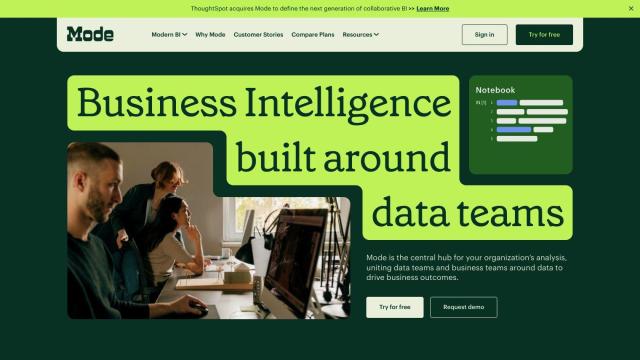
Mode
For a collaborative approach, Mode combines SQL, R, Python and visual analytics to make it easy to connect to data, analyze it and share it. It can be used for ad hoc analysis, interactive dashboards, self-service reporting and custom data apps. Mode is designed to be easy to use, so it's good for both technical and nontechnical people, and it has pricing tiers for different needs.

